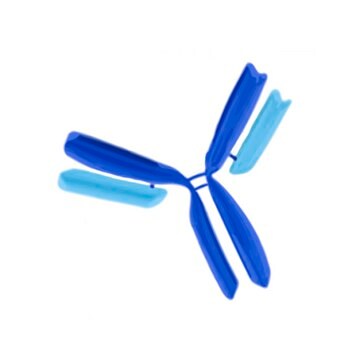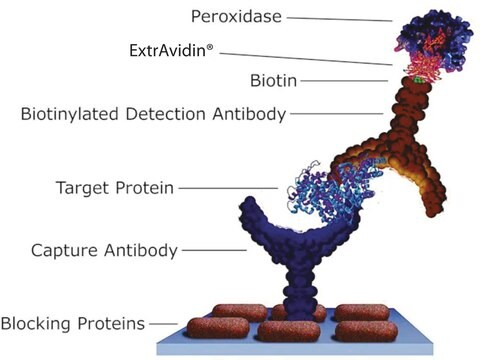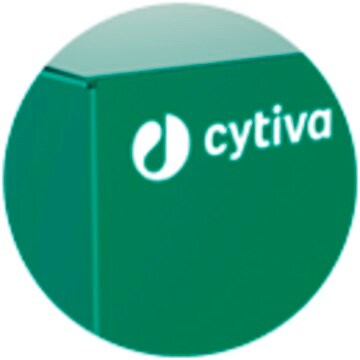Kluczowe dokumenty
MAK178
Enolase Activity Assay Kit
Sufficient for 100 Colorimetric or Fluorometric tests
Synonim(y):
Zestaw do wykrywania enolazy
About This Item
Polecane produkty
metoda wykrywania
colorimetric
fluorometric
powiązane choroby
immunological diseases; cardiovascular diseases
temp. przechowywania
−20°C
informacje o genach
human ... EBI4(387712) , ENO1(2023) , ENO2(2026)
mouse ... EBI4(226265) , ENO1(13806) , ENO2(13807)
rat ... EBI4(292138) , ENO1(24333) , ENO2(24334)
Opis ogólny
Zastosowanie
Przydatność
Zasada
Tylko elementy zestawu
- Enolase Assay Buffer
- Peroxidase Substrate, in DMSO
- Enolase Substrate Mix
- Enolase Converter
- Enolase Developer
- Enolase Positive Control
- Hydrogen Peroxide Standard, 0.88 M
Zwroty wskazujące rodzaj zagrożenia
Zwroty wskazujące środki ostrożności
Klasyfikacja zagrożeń
Aquatic Chronic 3
Kod klasy składowania
10 - Combustible liquids
Klasa zagrożenia wodnego (WGK)
WGK 3
Wybierz jedną z najnowszych wersji:
Certyfikaty analizy (CoA)
Nie widzisz odpowiedniej wersji?
Jeśli potrzebujesz konkretnej wersji, możesz wyszukać konkretny certyfikat według numeru partii lub serii.
Masz już ten produkt?
Dokumenty związane z niedawno zakupionymi produktami zostały zamieszczone w Bibliotece dokumentów.
Klienci oglądali również te produkty
Nasz zespół naukowców ma doświadczenie we wszystkich obszarach badań, w tym w naukach przyrodniczych, materiałoznawstwie, syntezie chemicznej, chromatografii, analityce i wielu innych dziedzinach.
Skontaktuj się z zespołem ds. pomocy technicznej









